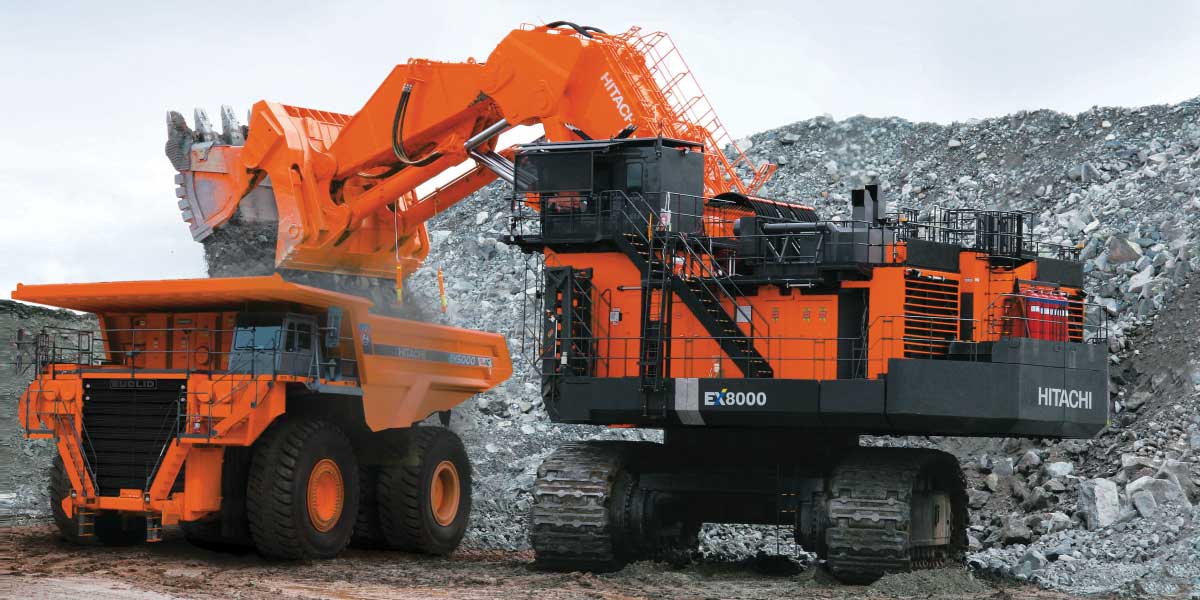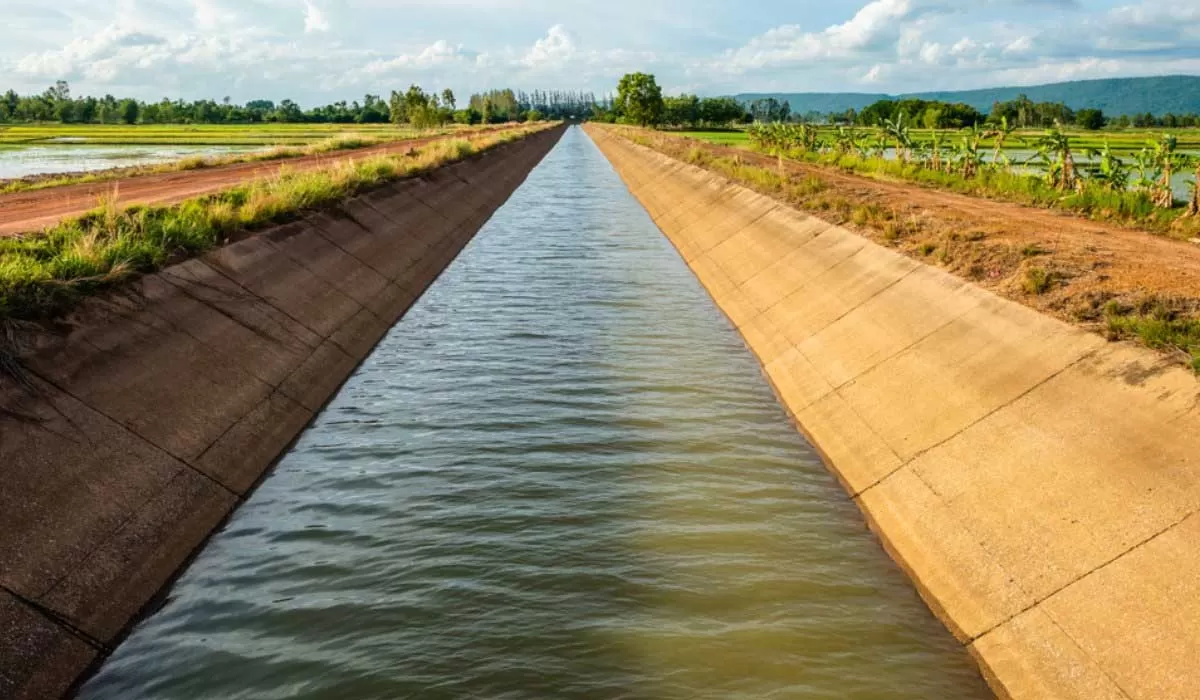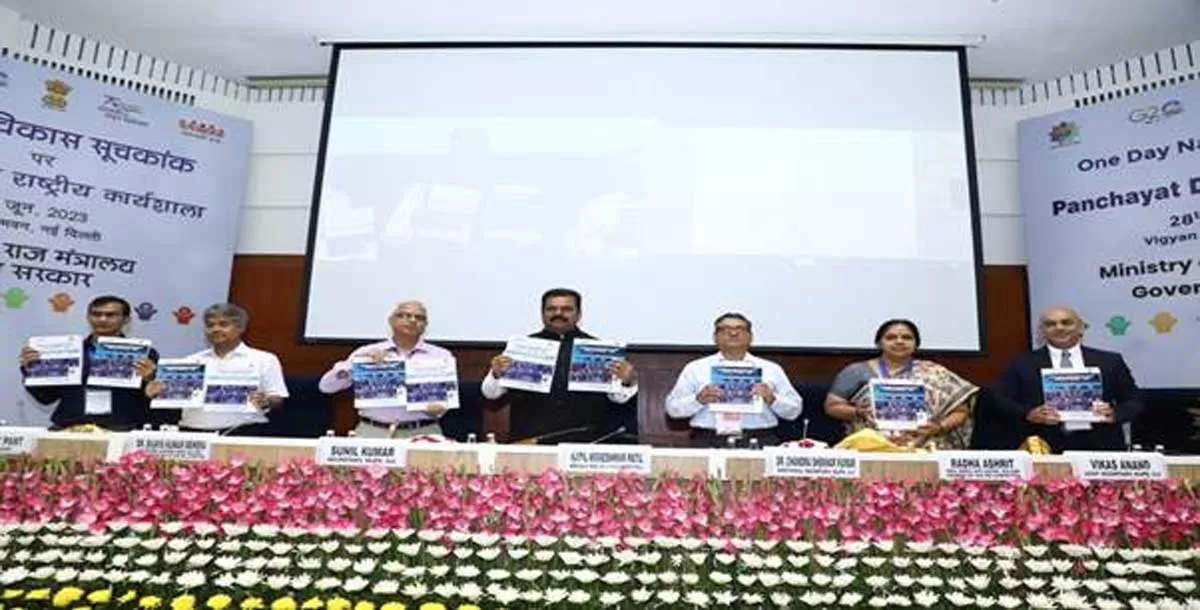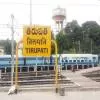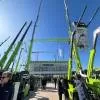Automation in mining equipment doesn’t cost the earth
CW identifies key opportunities and innovation in mining equipments.
Here’s the good news. “The spend on mining equipment in India is moving in the right direction across every segment, from minerals to metals like iron ore, zinc, copper and limestone,” avers Animesh Nandy, National Sales & Business Manager, (India, Nepal, Bhutan, Bangladesh &Sri Lanka), Epiroc Mining
First, consider the demand for coal and the corresponding demand for equipment for coal mining.
Coal as a driver
In India, the production of coal has traditionally been the mainstay of subsidiaries of Coal India, which make use of heavy earthmoving machinery, the backbone of opencast coal mining operations, observes Hemant Mathur, AVP Sales and Marketing, Tata Hitachi.
Now, Coal India is emphasising upon the modernisation and upgradation of equipment to bring in latest cutting-edge technologies, which will push demand for larger mining excavators and dumpers, he continues.
“The focus of various Coal India subsidiaries on the removal of overburden is also continuing so that coal production can be increased as and when required,” adds Mathur. This will also generate demand for mining equipment.
Coal India’s thrust is expected to significantly impact demand for mining equipment. “Coal India’s capital expenditure is estimated to have grown around 37 per cent in the past nine months as against the same period in the previous year,” says Nandy. “Coal India plans to increase production by 28 per cent in 2022 as against last year.”
With the auctioning of coal blocks – 32 have already been awarded and 99 will be auctioned in January/February – the private sector will also be partaking of opportunities in coal mining. Mathur envisions that this involvement will increase demand for mining equipment. He expects opportunities for excavators of more than 45-tonne capacity.
“We expect both public and private coal companies to opt for mechanised mining to improve production and productivity,” says Prasenjit Maity, National Head OE Sales, Underground Soft Rock, Komatsu Mining Corp. Group. “Underground coal mining will be the focus area in coming years, where demand for mining equipment will increase significantly. The continuous miner equipment package will continue to be the dominant technology for the extraction of underground coal. Generally, each continuous miner package (set) consists of six machines: a continuous miner, shuttle cars/battery haulers (2), roof bolters (2) and a feeder breaker. The annual demand for these packages is expected to be higher in the next five to 10 years.”
Considering that the number of coal mines on offer for auction is very demanding and challenging, Asoktaru Chattopadhyay, President & Country Head, Sandvik Rock Processing Solutions (India, Korea , Japan & South East Asia)
, expects a huge requirement for mining and earthmoving equipment, material handling solutions, and crushing and conveying solutions to cater to the number of new mines in operation. “Crushing and conveying solutions will be needed for short-term production to ramp up long-term production, and long-term production,” he says. “In the short-term solutions segment, Sandvik has crushing solutions with heavy mining duty PriSec (patented) crushers for the reduction of ROM of ~1,000 mm feed size to the required product size of 100 mm in a single primary crushing station. This equipment can be supplied on skid mount units or semi-mobile/mobile units as well, and can be continued as complimentary production when long-term crushers like sizers are installed down the line.”
Despite these positives, Nandy points out a potential area of concern – “Private auctioned coal mines where very little or negligible development has happened. If this segment fires in FY 22/23, it will further augment growth in the mining equipment sector.”
Evolving automation
Automation varies from semi to full automation. As Mathur puts it, “automation and remote-controlled equipment are generic terms that can be broken up into technological generations of evolution.”
For instance, remote-controlled operations for certain functions have existed for two decades in track mobile crushing and screening plants, according to Vadiraj Pappu, Business Head, Voltas (Terex Powerscreen Business). “The incorporation of telematics marks the latest evolution in automation.”
Remote-controlled operations are at one end of the spectrum. Such operations keep operators safe from moving parts, harmful dust, noise and vibration or falling debris. “Operating by wireless remote control allows operators to move more freely, to get the best view of the work,” says Nandy. Remote operations cause less fatigue, burnout and operator downtime; further, working longer with less fatigue definitely increases production and contributes to more consistent results.
Remote-controlled equipment is being used particularly for underground mining operations, to enhance safety and bolster the confidence of the team working at site to operate with greater efficiency, says Mathur.
Puzzolana track plants are operated by remote for ease of operations and best control at mines with limited access, shares V Venkataramana, Vice President, Marketing, Puzzolana.
Telematics technology
With telematics technology, managers can see the performance of men and machines on a real-time or close to real-time basis and take informed data-driven, proactive decisions, says Nandy.
“Remote access gives the owner or the contractor knowhow about machine performance –information about its location, fuel consumption, engine oil and lube oil temperature observations, idle running, wear monitoring, etc,” continues Pappu. “Monitoring, in turn, helps control operational costs and plan the change of wear/spare parts to minimise breakdown time and idle time.”
“Puzzolana crushers are equipped with the PLC automation system, which enables real-time monitoring and, in turn, maximised productivity and reduced downtime by identifying bottlenecks and tracking equipment performance,” says Venkataramana. “Automation has enabled plants to produce high-quality material with greater consistency and productivity by tracking maintenance needs and thereby reducing downtime.”
Sandvik’s crushing equipment is equipped with state-of-the-art automation enabling trouble-free operations and auto-timed setting of equipment parameters, shares Chattopadhyay. “We have also developed Cloud-based interaction systems, which means equipment can be operated and troubleshooting done by experts sitting in any connected global location.”
So, who’s using automated mining equipment in India?
A few of Epiroc’s customers in India are using the IBH Mark II (Make in India) drill with basic telematics and automation as well as the imported surface and underground drills with Certiq.
“We have supplied smart surface drills (SmarROC Series) in India in 2021 with BenchREMOTE; herein, customers will eventually cut manpower costs (one BenchREMOTE for multiple drills), reduce exposure to dust, fumes and sound, eliminate the chances of accidents, and boost overall efficiency (on auto drill mode),” explains Nandy.
Overall, however, the use of automation is limited in the country.
“We are several generations behind current global practices,” opines Mathur, saying it would be great “if some of the larger mining organisations – public or private – choose to leapfrog a few generations to put us on a par with what’s happening globally.”
In underground coal mining, the use of automation and remote-controlled equipment is still very limited with progress made so far being only to meet the requirement of the statutory regulatory body, the Directorate General of Mines Safety (DGMS), according to Maity.
Maity is hopeful of change as a result of Komatsu’s engagement with coal companies to suggest ways to use automation to improve safety, optimise coal extraction, maintain the correct cutting sequence and create a better mining environment for more efficient and safer mining operations.
Cost of automation
As automation gets more refined, the cost of equipment increases – but it is still affordable.
Speaking of Terex Powerscreen’s Powerscreen Pulse, a telematic system incorporated in the brand’s track mobile crushing and screening plants to optimise the use of equipment and the project site, which is the need of the hour, Pappu says, “The cost differential between regular and upgraded telematic equipment is very nominal.” Six Terex Powerscreen machines with Powerscreen Pulse have already been installed in India.
Here’s to many more installations!
- CHARU BAHRI
Mining iron ore in Goa
Goa’s mining corporation is all set to resume activity as the directorate of mines has drafted rules for its operations. With Goa being a key area for mining activity in the country, Hemant Mathur, AVP Sales and Marketing, Tata Hitachi, believes this market will offer significant potential for mining equipment once the policies to restart operations kick in.
What has been approved so far in Goa is the lifting and transportation of already mined ore from ore dumps, says Animesh Nandy, National Sales & Business Manager, (India, Nepal, Bhutan, Bangladesh &Sri Lanka), Epiroc Mining “Demand for mining equipment will increase when mining actually starts, which is subject to a detailed study by the Mineral Exploration Corporation to ascertain the iron ore reserve in those mines and the vegetation around leases, and the submission of a report to the mines department. That said, with this positive movement after years, at least hope for a revival has emerged, which is a good sign for the equipment industry.”
So, what kind of equipment will be needed?
With the streamlining and modifications of mining laws, it becomes imperative to mine and comminute iron ore sustainably with state-of-the-art screening and crushing equipment, observes Asoktaru Chattopadhyay, President & Country Head, Sandvik Rock Processing Solutions (India, Korea, Japan & South East Asia)
. “Iron ores being mined nowadays contain more fines material, which calls for an efficient feeding and screening arrangement together with crushers flexible enough to handle the different types of ore with high moistures. Goa’s mines ores fall in these fines category. Sandvik has extensive experience in the Goa region with installations in such ores and also in Barbil, Bellary regions. Earlier, the demand for mining equipment in Goa was limited to small pocket mines in large numbers, which required smaller to medium-capacity crushing equipment. With the onset of new auctions, the high-capacity demands will lead to higher-capacity screening and crushing units. Sandvik has lately supplied and committed to supply high-capacity plants in range of 1,000 tph to 4,000 tph in India as well.”
From mining sand to manufacturing sand
The exponential growth in infrastructure and road projects has spurred demand for sand. However, natural sand will not be sufficient to cater to this demand. Besides, the excavation of river sand can affect the path of the river, which may, in turn, lead to floods and the submersion of villages, explains V Venkataramana, Vice President, Marketing, Puzzolana.
Also, the quality and size of natural sand changes based on the river location whereas manufactured sand plants produce consistently high-quality sand.
In view of the growing demand for manufactured sand for infrastructure construction for its high compressive strength and cohesion, Puzzolana has developed higher capacity sand plants, up to 300-400 tph capacity, in combination with a sander and vertical shaft impactor (VSI) crusher in the third and fourth stage, says Venkataramana. “Puzzolana has also introduced a track sander and track VSI to meet the demand for sand where mobility is required.”
Puzzolana’s 300 tph sand plants in Panvel and Talegaon cater to dedicated railway corridor projects and major bridges for metros and skyscrapers in Mumbai and Pune.
Sand-making machines are seeing huge demand in construction activities, both for M-Sand and P-Sand, says Asoktaru Chattopadhyay, President & Country Head, Sandvik Rock Processing Solutions (India, Korea, Japan & South East Asia)
. “Many renowned corporates are now venturing into sand production. Sandvik can offer a range of crushing combinations to produce the required sand, while strictly maintaining standards. Our tie-up with renowned global brands in sand-washing and classification has also evolved. We have delivered complete sand-making solutions, both dry and wet.”
